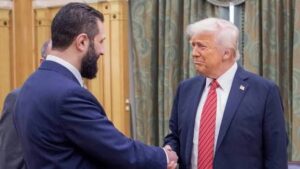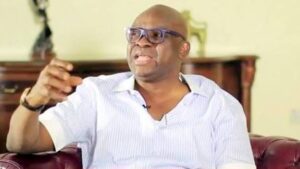
President Donald Trump announced he had dismissed Federal Reserve Governor Lisa Cook, accusing her of “deceitful and potentially criminal conduct.” But Cook immediately rejected the move, declaring that a president has no constitutional power to fire a sitting member of the U.S. central bank’s Board of Governors.
In a statement from the White House, President Trump alleged misconduct by Federal Reserve Governor Lisa Cook, who has served on the board since 2022 and was confirmed by the Senate for a fourteen‑year term. The president’s claim marks an unprecedented clash between the White House and the traditionally independent institution overseeing America’s monetary policy.
Trump said Cook’s removal was “effective immediately,” but legal experts quickly noted that Federal Reserve governors cannot be dismissed at will by a president. Under federal law, governors serve fixed terms and may only be removed “for cause” a legal standard rarely tested in U.S. history.
Within hours, Cook issued a sharp rebuttal. “The president has no authority to fire a member of the Board of Governors,” she said in a written response. “I will not resign. My duty is to the Federal Reserve, the Constitution, and the American people.”
The standoff raises serious questions about central bank independence, coming at a time when the Federal Reserve is navigating inflation pressures and economic uncertainty. Economists warn that even the appearance of political interference could undermine market confidence and complicate policy decisions.
Congressional leaders were quick to react. Democrats denounced Trump’s move as an assault on the Fed’s independence, while some Republicans defended the president’s authority, citing the need for accountability at the nation’s most powerful financial institution.
Legal analysts anticipate that the dispute could move swiftly into the courts, setting up a historic battle over the scope of presidential power and the independence of the Federal Reserve, an issue that has rarely, if ever, been tested so directly.






